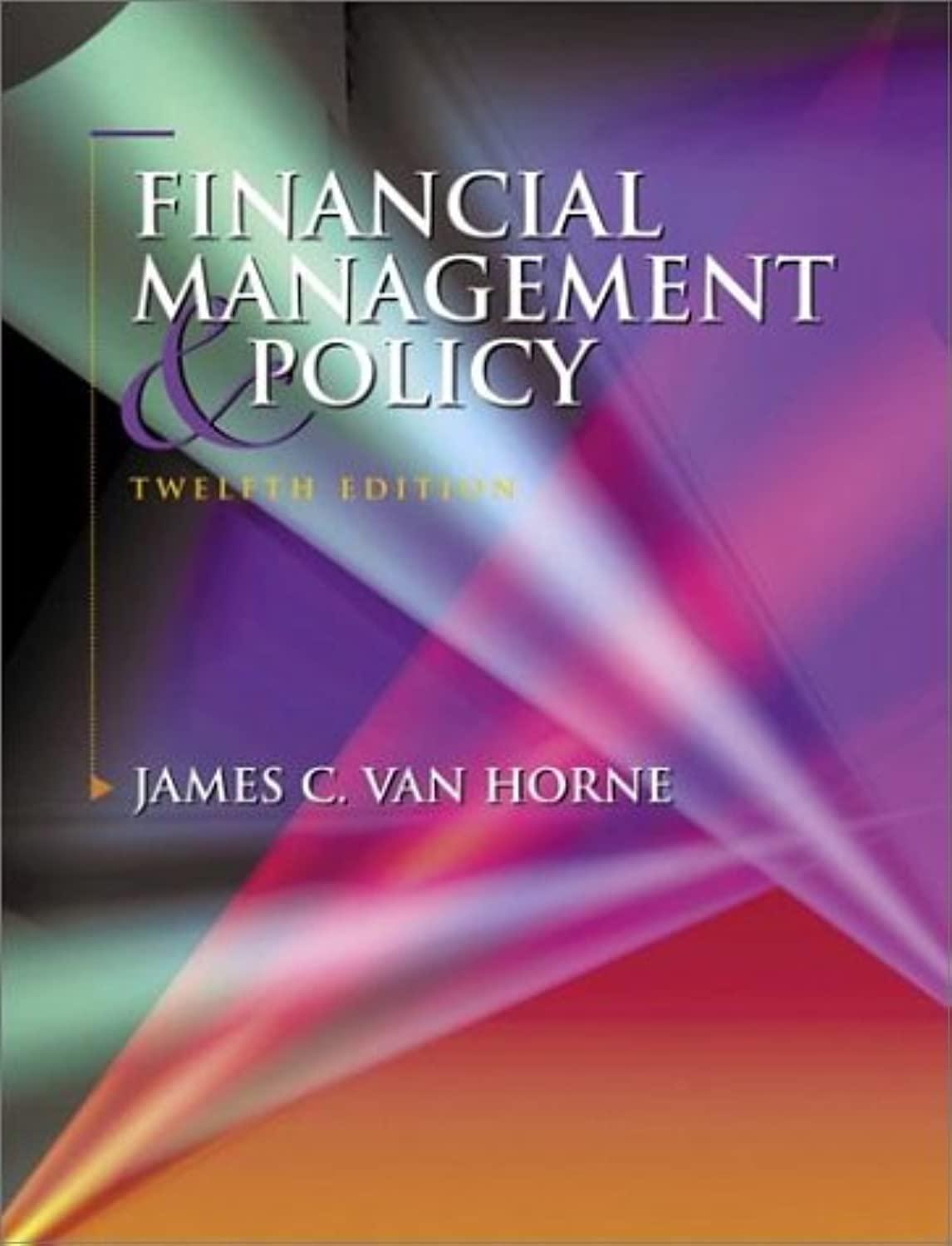Q 2) Answer the following questions. All sub-questions are compulsory. (Total marks 15) a) Quick Mutual Fund presents the following data regarding one of its ETF and its corresponding benchmark index. Date Month-end closing values Nifty Auto TRI Quick MF Auto (index values) sector ETF (NAV) 29-Nov-19 20.200.20 11.35 31-Dec-19 21,450.10 12.05 31-Jan-20 21,610.00 12.15 28-Feb-20 20,740.00 11.65 31-Mar-20 19,650.50 11.05 30-Apr-20 12,950.65 7.30 29-May-20 14,500.00 8.15 30-Jun-20 13,000.15 7.25 31-Jul-20 14,350.75 8.00 31-Aug-20 14.502.85 8.10 30-Sep-20 16.002.55 8.95 30-Oct-20 14,416.65 8.15 Nifty Auto Total Return Index (TRI) is the benchmark index of Quick MF Auto sector ETF Based on the above data, you are required to: 1. Calculate tracking error of Quick MF Auto sector ETF. 8 marks ii. Explain the reasons for tracking error in passive funds. 2 marks Dr. Rao is considering the following mutual fund schemes for investment. Explain the reasons for tracking error in passive funds 2 marks b) De Rao is considering the following mutual fund schemes for investment. Sr. Name of the mutual Details of the scheme No fund scheme 1 HDFC Top 100 Fund This scheme shall predominantly invest a large cap stocks The scheme aims to provide long-term capital appreciation. It will maintain a minimum exposure of 80% to large-cap stocks, as defined by SEBL The scheme will remain diversified across key sectors and economic variables 2 ICICI Prudential This scheme aims to generate income by investing Corporate Bond Fund predominantly in AA+ and above rated corporate bonds while maintaining optimum balance return safety and liquidity 3. UTI Regular Savings The primary objective of this scheme is to invest Fund predominantly in debt and money market instruments and part of the portfolio into equity/equity-related securities with a view of generating income and aim for capital appreciation The Fund takes exposure in a blend of debt and equity instruments. Exposure to high-quality debt instruments helps to generate stable income while equity exposure help to generate capital appreciation He seeks your help on the following activities: 1. Categorise the above mutual fund schemes in the three main types of mutual fund schemes based on the given details. 2 marks ll. Explain any three points of difference between the three main types of mutual fund schemes 3 marks








